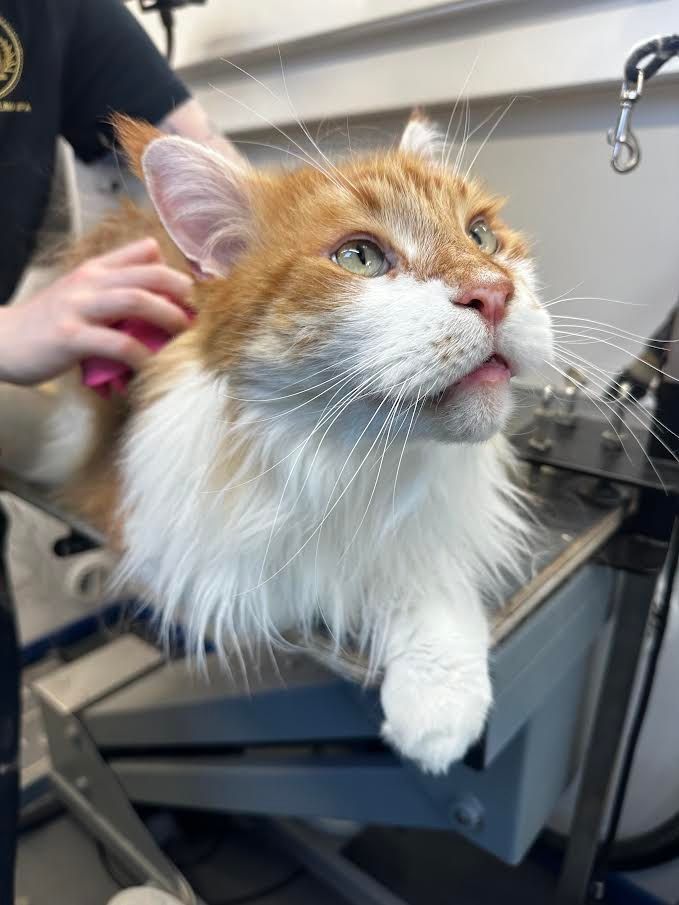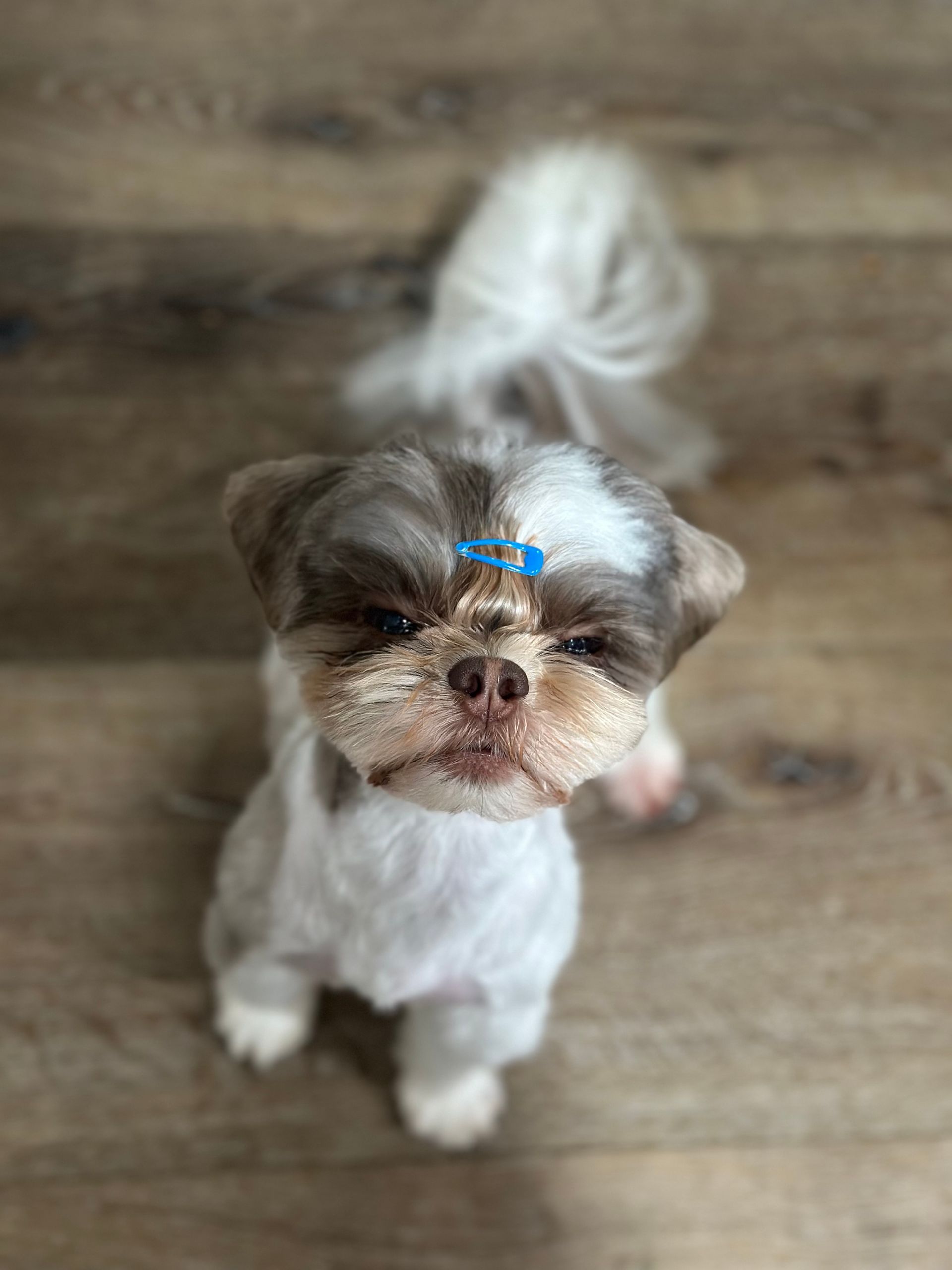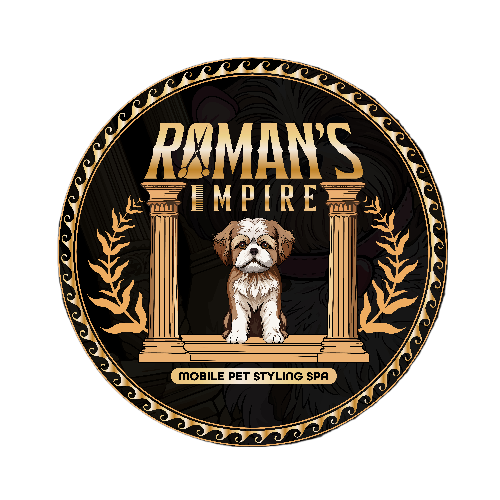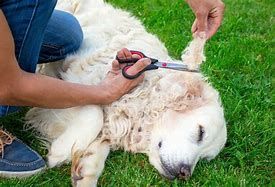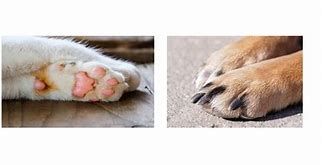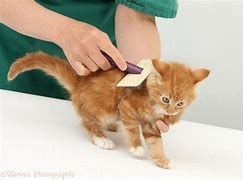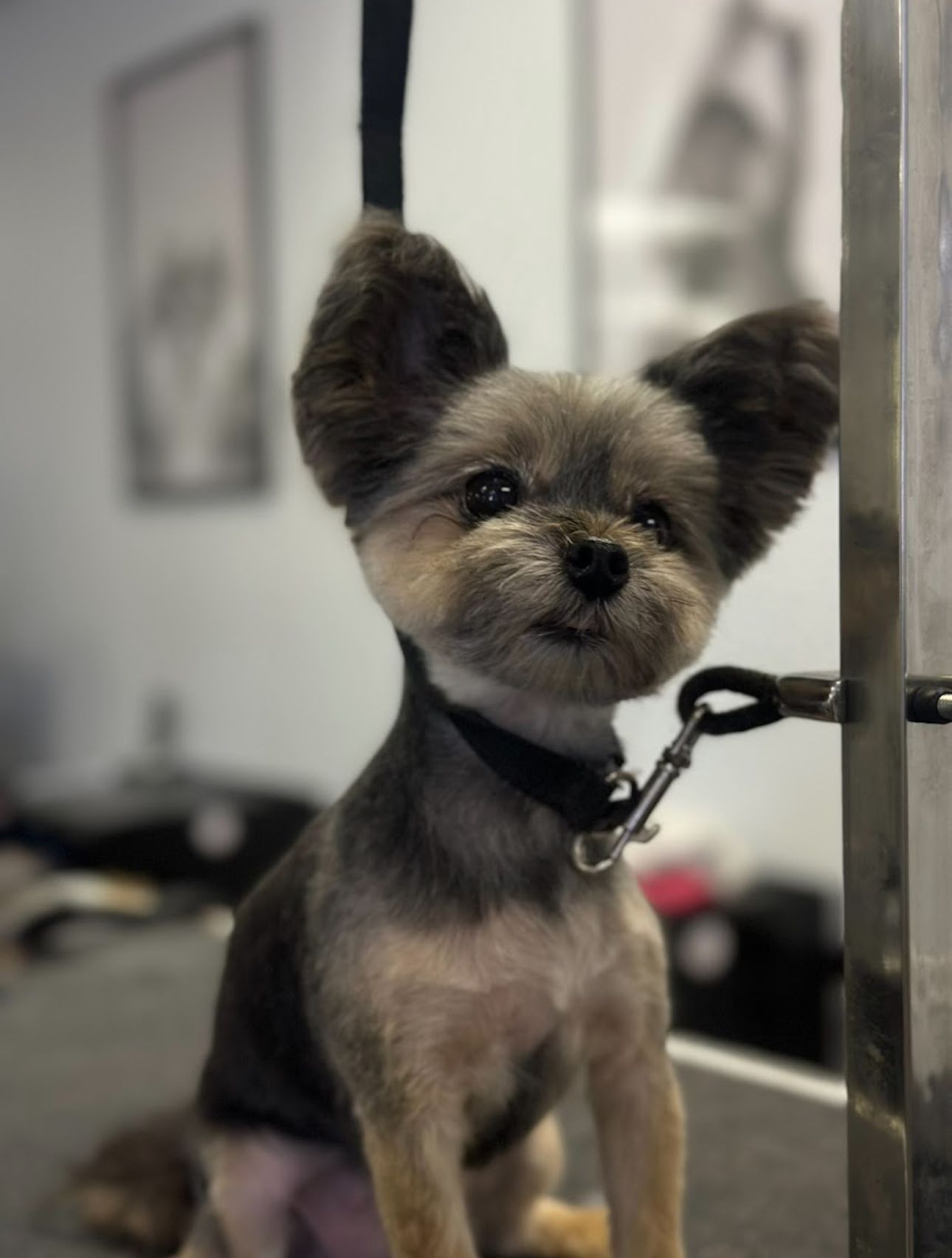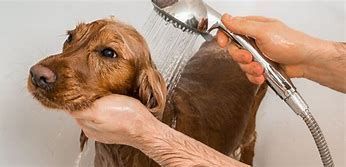The Double Standard: Expecting Perfection, Then Dismissing the Work as 'Just a Dog Wash"
How the grooming industry carries the weight of expectation without the respect it deserves
The Demand for Perfection
From flawlessly rounded feet to perfectly sculpted faces and glistening coats, many pet parents expect show-level results—regardless of the pet’s genetics, condition or temperament. Groomers often perform corrective work on matted coats, overgrown nails, or anxious pets with unrealistic time or behavior limitations, yet the final product is expected to look effortless and immaculate.
“It’s Just a Dog Wash”—The Undermining Phrase
Despite the technical and emotional labor involved, groomers constantly hear some version of: “It’s not rocket science.” Or “It’s just a bath.” This dismissive mindset is deeply frustrating when it comes after a client has requested “just a quick tidy up” that somehow includes precision scissoring, coat restoration, and behavior management.
How This Mindset Can Harm Your Pet
Reducing professional grooming to “just a dog wash” may seem harmless, but it reinforces a damaging mindset — one that minimizes the skill involved, takes the professional off their platform and silences their voice, disregards the pet’s needs, and places blame where it doesn’t belong.
This attitude often stems from a lack of education, mistrust of professionals, and a tendency to seek blame when something goes wrong. But grooming isn’t one-size-fits-all.
Pets are individuals with unique temperaments, health conditions, and age-related sensitivities. What might seem like a simple service is actually a complex process requiring skill, adaptability, and keen observation.
When a pet reacts poorly, or a health issue surfaces after grooming, people too often assume the groomer caused it. In reality, grooming can reveal pre-existing conditions or strain the stamina of pets with underlying issues — especially seniors or those with arthritis, anxiety, heart conditions, or neurological disorders.
Ignoring these factors in favor of blame overlooks the deeper truths: the pet’s grooming tolerance, the physiological stress of standing and being handled, and how grooming may agitate symptoms that were already brewing beneath the surface.
Dismissing all of this as “just a wash” erases the skill, training, and insight it takes to safely care for pets — and more dangerously, it keeps mistrust alive. It shifts accountability away from the real complexities and onto professionals trying to help. This does a disservice not just to groomers, but to the pets whose well-being depends on informed, compassionate care.
True accountability comes from understanding. Professional grooming is a collaborative effort — not a quick rinse, but a nuanced service that requires trust, communication, and respect for the process.
It’s a Skilled Trade, Not a Hobby
Professional grooming requires education, certifications and continued education for ethical grooming, physical endurance, expensive tools, safety training, and years of experience. Yet it's one of the only skilled trades routinely haggled with, minimized, and questioned.
See
what professional grooming actually involves.
Imagine This Happening to Other Professionals
You wouldn’t say to your mechanic: “It’s just an oil change, why should I pay $150?” Or to your hairdresser: “This should only be $20, it’s not like you’re doing surgery.” But groomers hear these comparisons constantly. The same clients who demand elite service often balk at elite pricing.
Grooming Animals Is Harder Than Hair
Unlike human clients, dogs and cats don’t sit still or follow directions. They bark, wiggle, flail, bite, pee, poop and protest. Every groomer is working with a moving, unpredictable, and emotionally reactive canvas, all while trying to preserve coat health, minimize stress, and ensure safety.
Given the nature of the views behind the statements and demands and their correlation with a lack of understanding and education, here are other posts you may find helpful.
If you find yourself out of the know with:
- how frequent grooming no longer strips natural oils
- why doodle grooms cost more
- why shaking isn't a sign of abuse or a bad person
- how cooperative care is implemented into our grooming practices
- why ethical groomers do not force aggressive dogs through services if accepted at all
- why shaving isn't always optional and why it's not less work
- how correlation isn't causation with aggression or other behavioral response triggers
- Why haircuts aren't that much more than a bath
We heavily encourage you to explore our other informative posts linked above.
Poor Breeding and Infrequent Grooming Make “Perfection” Impossible
Another layer clients often don’t consider is genetics. Backyard breeding, poor coat structure, uneven growth patterns, and conformation issues all impact the final result.
Many viral dogs people swoon over are carefully bred and groomed weekly—not monthly or when it’s “bad enough.” Expecting a once-a-month appointment to yield a flawless show finish is like expecting a luxury car wash to restore a rusty vehicle.
A well-groomed pet is a team effort: breeder, owner, and groomer all play a role. Without a proper grooming schedule—ideally every 1–2 weeks—maintaining that “just groomed” finish is unrealistic, regardless of skill level.
Unrealistic Expectations in the Age of AI
The rise of AI-generated dog images has seriously warped public perception of what’s possible. We’re seeing more and more clients bring in reference photos of dogs that don’t actually exist. These AI dogs have flawless symmetry, spotless coats, gravity-defying volume, and zero visible skin issues. They’re not real—and even if they were, the looks they portray would require daily upkeep, not a once-a-month appointment.
It’s important to understand the difference between inspiration and expectation. Grooming is not digital editing; it’s hands-on work with a living, breathing, moving creature. Even the most seasoned groomer cannot replicate AI results on a dog with a poor coat, medical conditions, or inconsistent grooming care.
Why Cat Owners Don’t Hold the Same Double Standard
Interestingly, this kind of pressure rarely comes from cat owners. Most cat parents walk into grooming with a completely different mindset—one rooted in safety, realism, and respect for their pet’s emotional and physical limits. They understand that cats are not as tolerant as dogs and that grooming a cat isn’t about aesthetics—it’s about necessity, safety, and working within what the animal allows.
There’s no expectation that a matted Persian will leave looking like a show cat, or that a nervous senior cat should sit perfectly still for a lion trim. Instead, cat clients tend to ask:
- “What’s safest for my cat?”
- “Can we take this slow and see how she does?”
- “Do you have an extra set of hands for this?”
Those questions show trust, not suspicion. Groomers are seen as experts—not potential threats. We rarely hear cat owners accuse us of being the reason their pet was stressed, because they already know: the stress comes from the process, not the professional.
If only more dog owners took the same thoughtful, compassionate approach, grooming would feel a lot less like defending your reputation and a lot more like being appreciated for the skilled, safety-first service it truly is.
The Loudest Critics Know the Least—and Expect the Most
There’s a common thread among those who belittle our profession by saying, “It’s just a dog wash.” This is the same group of people that ask for discounts, price matching, or haggle the price. Without exception, these comments come from individuals who don’t understand even the basics of professional grooming—let alone at-home maintenance, breed knowledge of their own dog, coat type, skin health, behavior, training, or handling techniques.
These aren't people who’ve taken the time to learn about at-home maintenance, behavioral conditioning, or why certain trims exist for specific breeds. They don’t know what a double coat is or why shaving a husky is harmful--or they do and apply it to the wrong breed and proceed to tell the professional how to do an incorrect job and refuse correction. They don’t realize that “brushing” a matted dog doesn’t solve the problem, or that grooming is both a technical trade and a behavioral art.
We never hear this kind of disrespect from educated pet owners, from people involved in conformation shows, or from those who’ve attempted to maintain their doodle’s coat between grooms. Why? Because they know. They’ve tried. And they understand that grooming isn’t just about making a dog look cute—it’s about health, safety, and skilled handling.
When someone mocks grooming as “just a dog wash,” what they’re really doing is revealing their own ignorance. It’s not an insult to us—it’s a reflection of how little they understand. Instead of trying to put the groomer in the hot seat by telling them to do better, realize the only ones needing to do better are the ones who think this is a simple, easy wash.
Want your dog to look their best? It takes teamwork—daily brushing, coat maintenance between grooms (read our full guide here), and realistic scheduling expectations.
The Emotional Toll of Perfectionism Without Appreciation
When perfection is demanded but the work is devalued, groomers are left emotionally and energetically drained. It's a setup for burnout, resentment, and industry-wide exhaustion.
We See It—And We Set Boundaries
At Roman’s Empire, we prioritize pets’ emotional and physical well-being, not impossible expectations.
We’re professionals, not magicians. And we will never jeopardize a pet’s safety or well-being to meet unrealistic aesthetic standards. Quality work deserves both compensation and respect. Explore why cheap grooming isn’t a bargain.

The Truth About Tipping: Why It Matters More Than You Think (Especially for Small Business Groomers)

